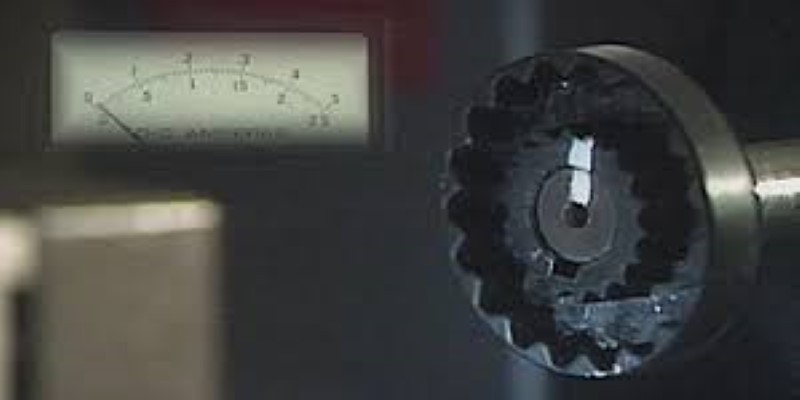
About Course
SYNCHRONOUS MOTOR (SM) TRAINING
The SYNCHRONOUS MOTOR is an electric motor is an AC motor in which, at a steady state, the rotation of the shaft is synchronized with the frequency of the supply current; the rotation period is exactly equal to an integral number of AC cycles.
(SM) contain multiphase AC electromagnets on the stator of the motor that create a magnetic field that rotates in time with the oscillations of the line current. The rotor with permanent magnets or electromagnets turns in step with the stator field at the same rate and as a result, provides the second synchronized rotating magnet field of any AC motor. An asynchronous motor is termed doubly-fed if it is supplied with independently excited multiphase AC electromagnets on both the rotor and stator.
The (SM) and the induction motor is the most widely used type of AC motor. The difference between the two types is that the (SM) rotates at a rate locked to the line frequency since it does not rely on current induction to produce the rotor’s magnetic field. By contrast, the induction motor requires slip: the rotor must rotate slightly slower than the AC alternations to induce a current in the rotor winding. Small (SMs) are used in timing applications such as synchronous clocks, timers in appliances, tape recorders, and precision servomechanisms in which the motor must operate at a precise speed; speed accuracy is that of the power line frequency, which is carefully controlled in large interconnected grid systems.
Synchronous motors are available in self-excited sub-fractional horsepower sizes to high-power industrial sizes. In the fractional horsepower range, most synchronous motors are used where precise constant speed is required. These machines are commonly used in analog electric clocks, timers, and other devices where the correct time is required. In higher power industrial sizes, the synchronous motor provides two important functions. First, it is a highly efficient means of converting AC energy to work. Second, it can operate at leading or unity power factor and thereby provide a power-factor correction.
Course Content
SYNCHRONOUS MOTOR
-
#1 Synchronous Motors -Basic principles
00:00 -
#17 Synchronous Motor – Ammortisseur / Damper Winding and Motor stability
00:00 -
#16 Synchronous Motor – Starting Methods – Using Ammortisseur / Damper Winding
00:00 -
#15 Synchronous Motor – Starting Methods – Using external prime mover
00:00 -
#14 Synchronous Motor – Starting Methods – Reducing frequency
00:00 -
#13 Synchronous Motor – Why is it not self starting?
00:00 -
#12 Synchronous Motor – Synchronous Condensor / Capacitor
00:00 -
#11 Synchronous Motors and Power factor correction Part III
00:00 -
#10 Synchronous Motors and Power factor correction Part II
00:00 -
#9 Synchronous Motors and Power factor correction Part I
00:00 -
#8 Synchronous Motors – Effect of Field current Changes on Synchronous Motor(Numerical)
00:00 -
#7 Synchronous Motors – Effect of Field current Changes on Synchronous Motor
00:00 -
#6 Synchronous Motors – Effect of Load Changes on Synchronous Motor(Numerical)
00:00 -
#5 Synchronous Motors – Effect of Load Changes on Synchronous Motor
00:00 -
#4 Synchronous Motors – Torque Speed characteristics
00:00 -
#3 Synchronous Motors – Magnetic perspective
00:00 -
#2 Synchronous Motors – Equivalent circuit
00:00 -
#18 Synchronous Motor – Comparison with Sync Generator and Rating
00:00
Student Ratings & Reviews

